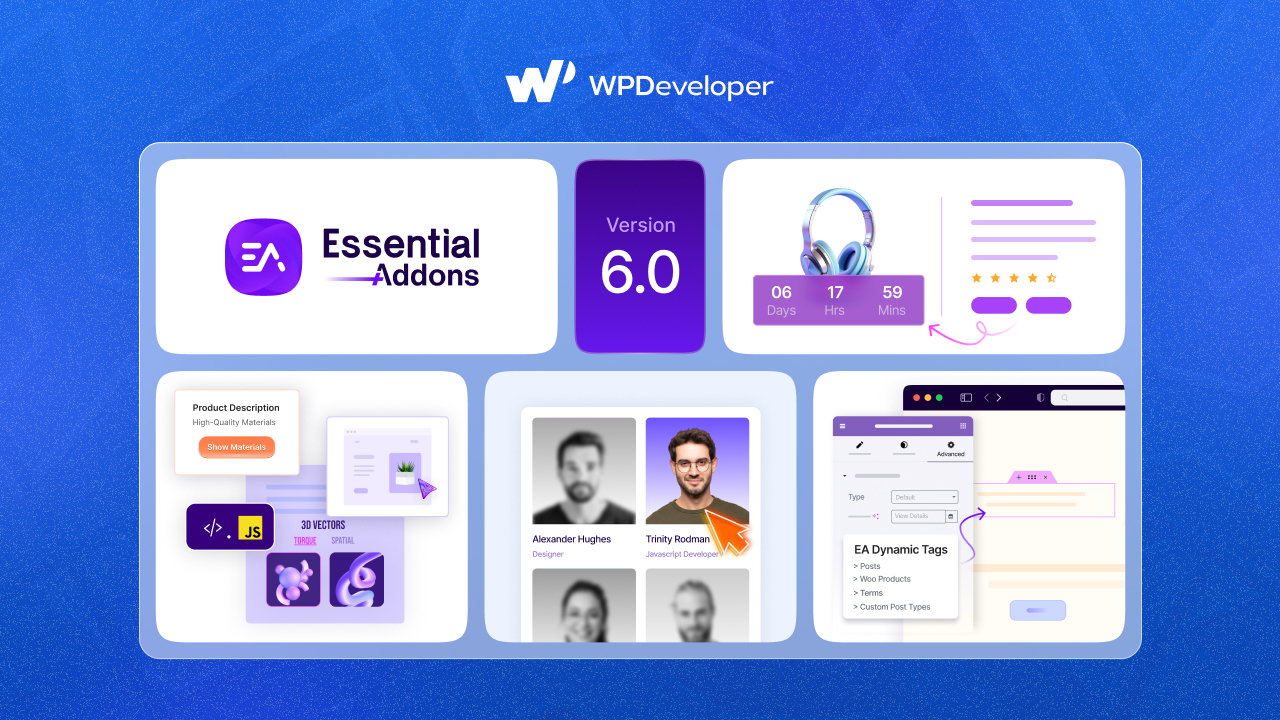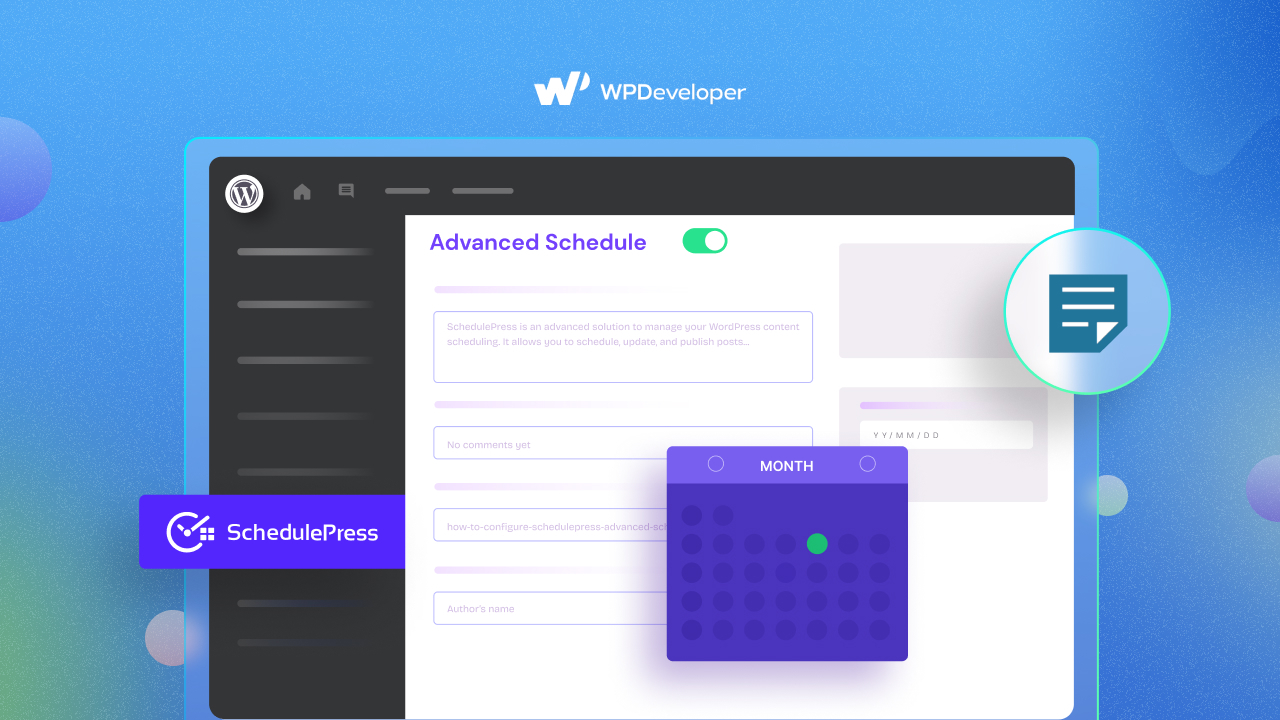Automated testing of WordPress involves the utilization of specialized tools and scripts to automatically assess the functionality, performance, and reliability of WordPress websites or plugins without manual intervention. It works by creating test scenarios, simulating user interactions, and verifying whether the expected outcomes align with the actual results. This process ensures that WordPress websites or plugins function correctly, identifies potential issues early in the development cycle, and streamlines the debugging process.

Efficient Tools For Automated Testing Of WordPress
Automated testing tools play a pivotal role in ensuring the stability, functionality, and overall quality of WordPress websites and WordPress core. These tools streamline the testing process, enabling developers to identify and rectify potential issues efficiently.
1. Codeception
Codeception simplifies the automated testing of WordPress by combining unit, integration, and acceptance testing into a unified framework. With an intuitive syntax, it allows developers to write tests in a human-readable format, enhancing code maintainability. Codeception’s advantages include built-in support for WordPress, parallel test execution, and an extensive set of modules for diverse testing scenarios.
2. Cypress

Cypress is a powerful end-to-end testing tool for automated testing of WordPress, focusing on ensuring that the entire application works seamlessly from the user’s perspective. With its interactive and real-time testing capabilities, Cypress facilitates the identification of UI-related issues efficiently. Its benefits include a simple setup process, automatic waiting for elements, and the ability to observe test execution in a browser.
3. Behat
Behat is a behavior-driven development (BDD) testing framework that emphasizes collaboration between technical and non-technical stakeholders. With a natural language syntax, Behat allows the creation of tests in plain English, enhancing communication and understanding. It benefits automatic testing of WordPress development by promoting a shared understanding of project requirements, fostering collaboration, and validating system behavior through scenarios.

Incorporating these automated testing tools into WordPress development workflows brings several advantages. Developers can ensure code reliability, identify and rectify issues early in the development process, and maintain the overall quality of WordPress projects.
What Are The Best Approaches For These Software Testing Tools?
When considering the automated testing of WordPress strategies for utilizing software testing tools, it is crucial to emphasize a comprehensive testing approach. Begin by clearly defining testing objectives and requirements to establish a solid foundation.
Define Clear Objectives
Clearly outline your testing goals and what you aim to achieve with automated testing. Identify critical functionalities and potential risks to guide your testing strategy.
Prioritize Test Cases
Focus on essential test cases that cover key aspects of your WordPress website or plugin. Prioritize based on importance to ensure a comprehensive testing approach.
Regular Regression Testing
Perform regular regression testing to catch any unintended side effects of code changes. This helps maintain stability and ensures that new updates do not introduce unexpected issues.
Embrace Automation
Where possible, automate repetitive testing tasks for efficient automated testing of WordPress. Utilize tools like PHPUnit, Codeception, or Cypress to streamline the process, saving time and reducing the likelihood of human error. You can also opt for minifying or Javascript or CSS files.

Encourage Collaboration
Foster communication and collaboration among team members. This ensures that everyone is on the same page, contributing to a more effective automated testing of the WordPress process.
Review and Update
Regularly review and update your testing processes. As your WordPress project evolves, adjust your testing strategies to align with changing requirements and technologies.
Important Steps For Automated Software Testing Workflow
The automated testing of WordPress workflow is a systematic process designed to enhance the efficiency and reliability of software applications. It begins with defining clear testing objectives and identifying critical functionalities.
Systematic Kick-off
Clearly define your testing goals and what you aim to achieve with automated testing. This ensures that you focus on testing the most critical aspects first. Choose the right automation tools, such as PHPUnit or Codeception, that align with your project requirements. Selecting suitable tools is key to the success of your testing workflow.

Test Scenario Development
Develop comprehensive test cases that cover different functionalities of your software. Ensure that each test case corresponds to your defined objectives and priorities. Implement regular regression testing to identify and rectify unintended side effects of code changes. This iterative process contributes to maintaining system stability.
Collaborative Testing
Foster communication and collaboration among team members involved in the testing process. Effective teamwork contributes to a shared understanding of project requirements. Encourage team members to share their knowledge and insights regarding the software being tested. This collaborative approach enhances the overall effectiveness of your testing efforts.
Continuous Integration and Deployment (CI/CD) Integration
Integrate automated build and deployment processes within a CI/CD pipeline, ensuring that testing is seamlessly embedded into the development lifecycle. Implement continuous monitoring of the software’s performance and functionality post-deployment, utilizing automated tools to detect and address any anomalies or regressions promptly.
Strengthen the feedback loop by automating the generation and distribution of comprehensive test reports, enabling swift decision-making and collaboration among development and testing teams.
Advanced Maintenance & Scalability
Automate the process of script maintenance, ensuring that automated test scripts remain synchronized with evolving application changes and updates.
Develop a scalability plan to accommodate the growth of the application, considering factors such as increased user load, expanded functionalities, and infrastructure changes.
Explore the integration of machine learning algorithms to predict potential areas of risk, dynamically adjust testing priorities, and enhance the overall efficiency of the automated testing process.

Make Your WordPress Site Futureproof With Automated Testing
In the aspect of automated testing, simplicity meets effectiveness. By setting clear goals, choosing the right tests, and working together, we ensure our software is reliable. Regular check-ins and updates keep everything running smoothly. In the end, a straightforward automated testing workflow means fewer headaches, faster development, and successful projects.
If you found this article resourceful, then do share it with others. Also, do not forget to subscribe to our blog and find more tips and tricks like these.









